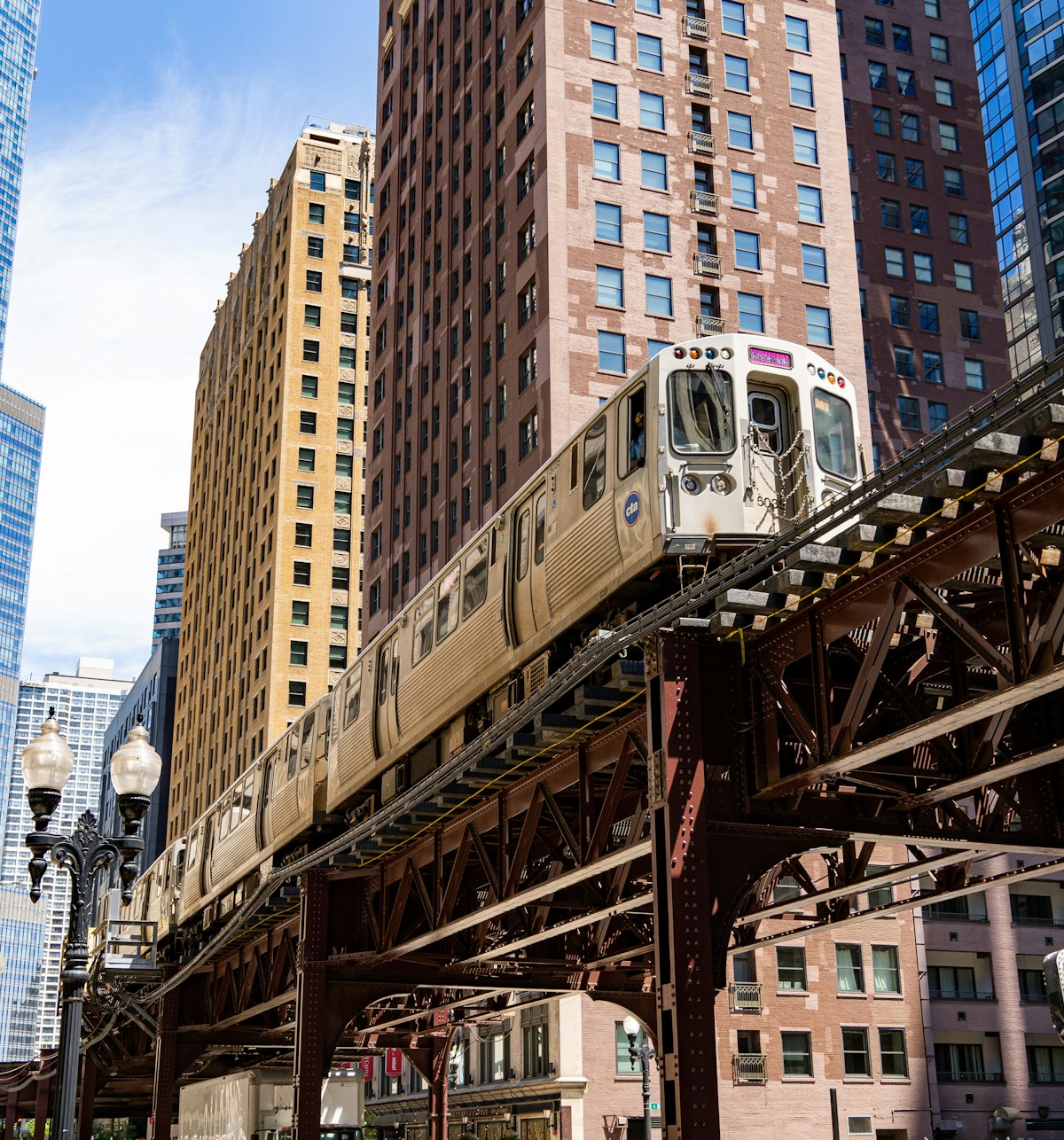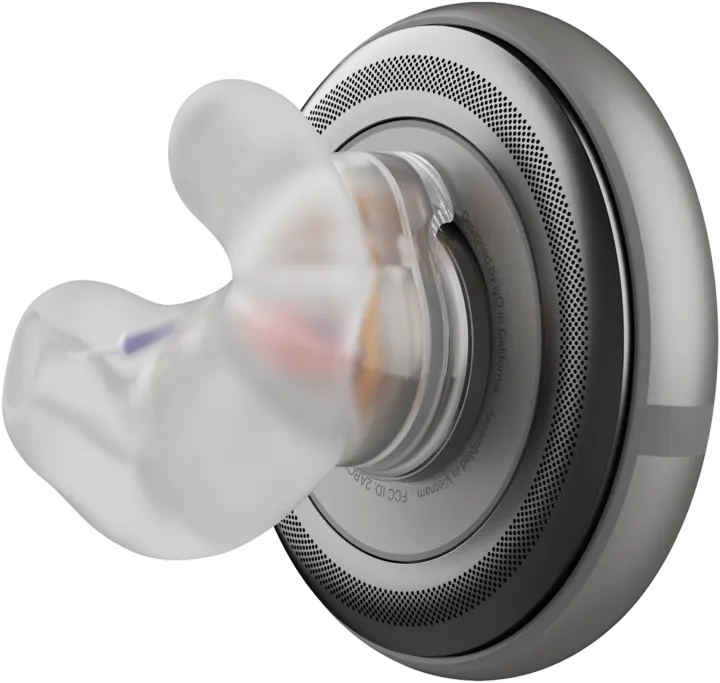Hyperloop is officially dead (#finally)

While we were enjoying Christmas and the end of the year, Richard Branson decided to put Hyperloop out of its misery and declare it officially dead. Despite buying through $450 million in venture capital since 2014 and volumes of hype (remember going from LA to San Francisco in less than 30 min?), the technical model was simply flawed from the beginning.
I did tell you so in Feb. 2022 when they tried the genius move of shifting from a B2C offer to a B2B service.

This B2B pivot never works and is generally THE signal of a management team trying anything to reboot the project...
Incidentally, David Shipley, my neighbor, who also happens to be an amazing expert in rail transportation, deconstructed the whole thing from a technical perspective even earlier on, back in... 2018!
Here's what he wrote about it (the original post is here):
Almost weekly, there are reports about another proposed high-speed transportation system, involving the hyperloop principle, which was floated as a concept by Elon Musk in 2012 and has been taken up by various development companies since.
Of course, the attraction of exponentially reducing journey times between distant cities without flying is very seductive and it’s easy to understand private investors with deep pockets such as Richard Branson taking a punt. However, state and city authorities are starting to invest public money in this totally unproven technology and larger transport plans, such as the required capacity expansion of Amsterdam Schiphol Airport are being developed, entirely based on the assumption that hyperloop is viable and works as described in the glossies.
The predicted roll-out dates of some of the planned systems, look highly dubious and generally unachievable. One company claims that it will have a complete system, fully operational and certified for passenger use, by 2021.
But, rather than simply throwing stones, let’s take a look at the different hurdles, all of which need to be crossed, for a hyperloop system to enter service.
THE TUBE: All the hyperloop developers propose to use sections of heavy gauge steel tube, either on columns, or buried underground, with bolted flanges and seals to retain the necessary very low air pressure within the tube. Steel has a high coefficient of expansion, meaning that as temperature varies between day and night, summer and winter, by, let's say 20 degrees Celsius, each 1 km of tube will vary in length by 144 mm (almost six inches). This means that the tube for a 500 km route, will vary by 72 metres. Frankly, the chances of the tube remaining semi-evacuated are zero.
THE POD: The problems with the autonomous “depart on demand” principle are numerous. Wi-fi inside the steel tube is a complete non-starter, so given that the pods will be without windows, it’s lucky that journey times will be short, otherwise “pod-rage” from media hungry passengers is likely to be a serious and frequent problem.
CURVES: To be a "loop", hyperloop needs to include curved tubes. None of the test tracks that have been built to date include curves, and no-one really knows how a pod will perform when trying to negotiate a curve. The radii of curves are likely to be very large, and the land take that they will require is likely to be high, adding to the cost, without any tangible benefit.
ENERGY USE: Developers claim that hyperloop will be highly energy efficient, due to the lack of air resistance and the use of maglev. However, since each pod will only transport a very small number of people, the maths just don’t stack up. A loaded Pendolino consumes around 11.3 MWh between London and Glasgow. One loaded Pendolino equals 100 x 6-person pods, which would be required to transport the same number of people, meaning that each pod will need to travel from London to Glasgow using no more than 113 kWh to be as energy efficient, which is roughly the same as running 50 electric kettles for an hour. I don’t think so.
PLANNING: No hyperloop scheme has yet been submitted for planning permission, as far as I know. No public consultation has taken place, anywhere. Given that a hyperloop system is of little benefit to anyone more than about 100 km from a station, why would residents along the route, agree to tolerate a pair of 3 metre diameter tubes on stilts, which “whoosh” loudly every half minute or so, as a pod passes through?
RELIABILITY: There will be no such thing as “minor disruption” where hyperloop is involved. Any failure will be major and hugely disruptive. No sidings, passing loops, rescue locomotives, road cranes to remove broken down trains etc. No system is 100% reliable and when hyperloop fails, it will fail big. People trapped in stationary pods will soon become frustrated and the consequences could be serious.
SECURITY: To mitigate the risk of a terror attack on what will inevitably be a vulnerable system, it will be necessary to deploy an airport-style person / luggage screening system, which will add to journey times and mean that stations will need to occupy considerable land area, which is generally at a premium in city centres. This might mean stations being located “out of town,” further adding to city to city journey times.
SUMMARY: Hyperloop may be successful; one day and I hope it is, as the benefits are obvious. However, in my opinion, until such time as a total system has been proven to work, reliably and efficiently, public money should not be pumped into such schemes. Elon Musk is very proud of the fact that SpaceX is a private business, which competes with NASA and ESA without public funding. Why shouldn’t hyperloop also follow this model and be 100% privately funded?
You have to love the last question for sure, as public funding, whether you're in Europe or the US, is a zero-sum game. Every cent going to a dumb project ends up missing for another startup with sound technology and more realistic chances at a breakthrough. Not that we shouldn't fund moonshot ideas, mind you, but these ideas still need to make sense at a fundamental level.
Meanwhile? Elon Musk keeps on digging tunnels with the Boring Company for its Teslas...




